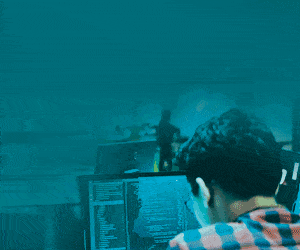Kerlink and Semtech Corporation have announced an urban live-test in Aguascalientes City, Mexico, for Kerlink’s geolocation solution, Wanesy geolocation. This experiment will demonstrate accuracy & quality of communication for Kerlink’s Commercial-Grade offerings.
Eliminating the requirement for costly and power-hungry data processing land-based geolocation leveraging the LoRaWAN open protocol uses a different technology than GPS. The experiment with Semtech provides large-scale field-testing opportunities to demonstrate the benefits of Wanesy geolocation and to show the impact of the quality of coverage on accuracy, when the number of gateways and location of installation points is varied in a dense urban setting.
“Wanesy geolocation is simple to deploy and operate because each end-device can be natively located without the need to add a costly GPS module inside it,” said Yannick Delibie, Kerlink CTIO. “This dramatically optimizes power consumption and reduces device hardware costs. No additional hardware is required, assuming that gateways are geolocation-ready, like Kerlink Wirnet iBTS gateways.”
Semtech’s LoRa devices and wireless radio frequency technology (LoRa Technology) transceivers are central to the implementation of LoRaWAN networks globally. They have actively collaborated with Kerlink on equipment installation in Aguascalientes City, a metropolitan area of about 1 million population.
“Kerlink’s Wirnet iBTS Compact, based on Semtech’s industrial-grade reference design, offers improved gateway clock synchronization for its embedded GPS to further improve geolocation accuracy, especially in a dense urban area ,” said Marc Pegulu, vice president and general manager of Semtech’s Wireless and Sensing Product Group.
Live tests in the demonstration show promising results with CEP 95 (circular error probable with 95 percent probability) around 80 meters for moving objects, such as vehicles. The findings will be studied by Kerlink and used for optimised network design and deployment it offers customers through its professional services, including geolocation services.











